What does overlining a fly rod mean?
You may or may not have heard of the concept of overlining your fly rod. (Though, if you’ve followed us for a while now, you’ve probably heard us refer to overlining with regards to our Dearborn fly rod.) At its most basic, overlining is the act of rigging your rod with one line size larger than the manufacturer’s designated rod weight. There are several reasons why you may want to consider overlining your fly rod, which we’ll discuss in this blog. As you read, keep in mind that many of the same concepts also apply to underlining your rod.
When should a beginner overline their rod?
First, a clarifier for the uninitiated: What does it mean to rig your rod with one line size larger than the designated rod weight? If you purchase a 5wt fly rod, the “5wt” designation means that the manufacturer recommends using a 5wt fly line with your rod. Overlining this rod by one line size, then, would mean putting a 6wt line on instead. The big question is, why would you do this?
The idea of overlining or underlining a fly rod has everything to do with the action of the rod itself. For example, if you have a very fast action rod and you’re having difficulty casting because you can’t feel it load, you can slow it down by overlining the rod by one line size, which will generally solve the problem. On the other hand, if you have a fly fishing rod that’s too slow and want to speed it up, you can underline it by one line size.
Overlining for more power:
Experienced fly fishermen will often overline a rod based on the fishing conditions. For example, if you’re going to be fishing in high winds and need more power, overlining your rod by one line size (if it’s a fast-action rod) will give you that extra punch to propel your cast into the wind. Alternatively (or in addition to), you could be planning to fish some large flies, like streamers. Often, overlining your rod will give you a more powerful cast and help you feel it loading.
Adjusting the feel of your fly rod:
Sometimes, overlining simply comes down to preference. If you have a 6wt fly rod that you’ve been fishing with a sink tip line and you love the way the rod feels when casting, you can achieve a similar feeling by overlining with a 7wt floating line.
Similarly, if you’ve got a fly rod that you don’t enjoy casting because you feel it’s too stiff/fast, overlining it by one line size can help. In doing so, you’re essentially changing the action of your rod, and you might be surprised how much of a difference it makes… Perhaps so surprised that a rod that you didn’t like fishing turns into one of your favorites.
Ever heard of a two-line fly rod?
We mentioned the Dearborn Fly Rod at the start of this article, so we may as well give you the lowdown here. This rod’s fast action enables it to be a two-line weight rod. You’ll find, for instance, that a 5wt Dearborn has a beautiful cast for throwing dry flies or nymphs, but, by overlining this rod with a 6wt line, it turns into an incredible streamer rod. The goal behind this design was to help you achieve your casting goals in a broad range of conditions by giving you two rod’s-worth of fishing for the price of one. If you’re the type to only keep one fly rod on hand at any given time, then why not make it a versatile one?
Top Photo Credit: Tony Bynum
Do you overline one of your rods? Why? Share your thoughts in the comments below!

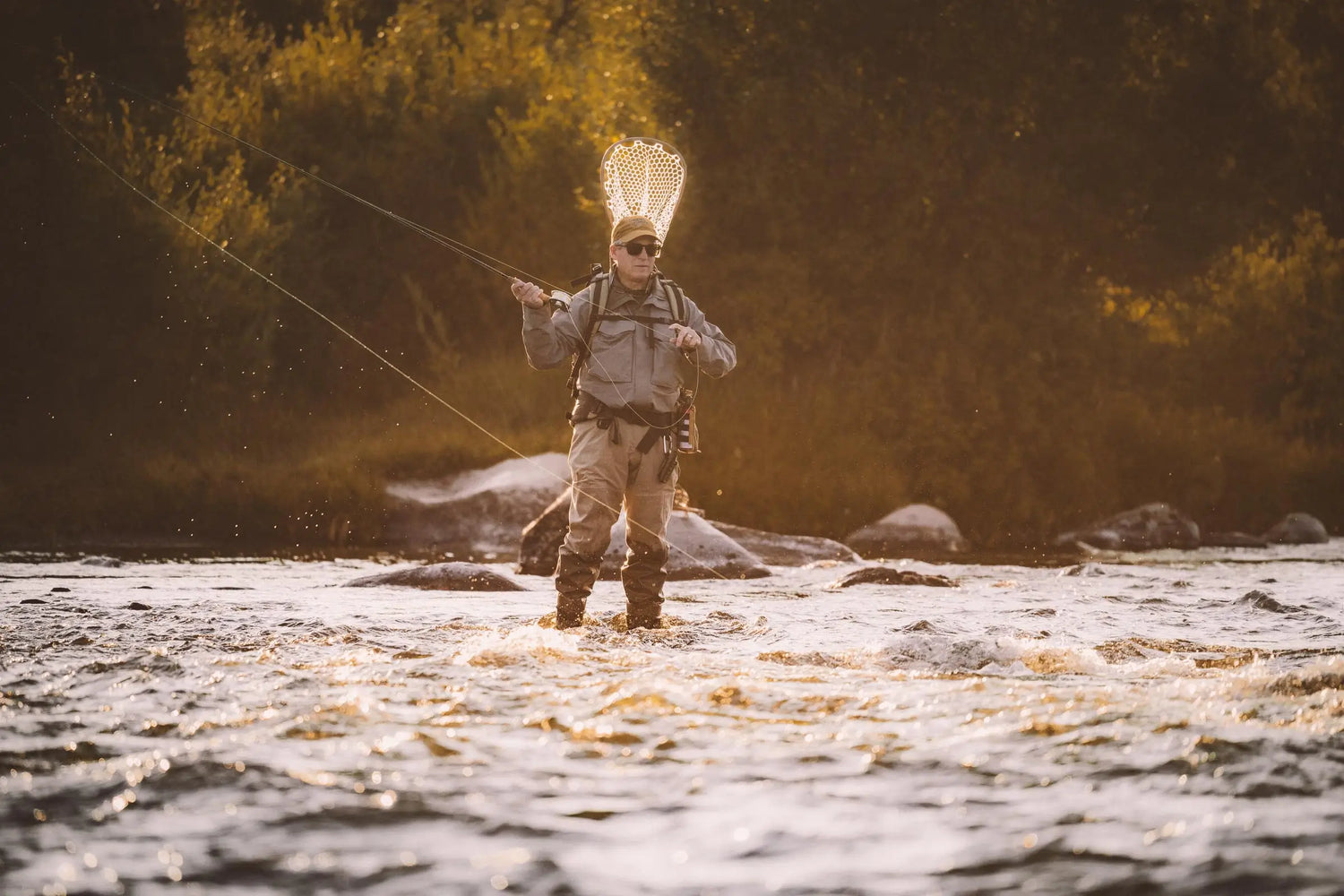
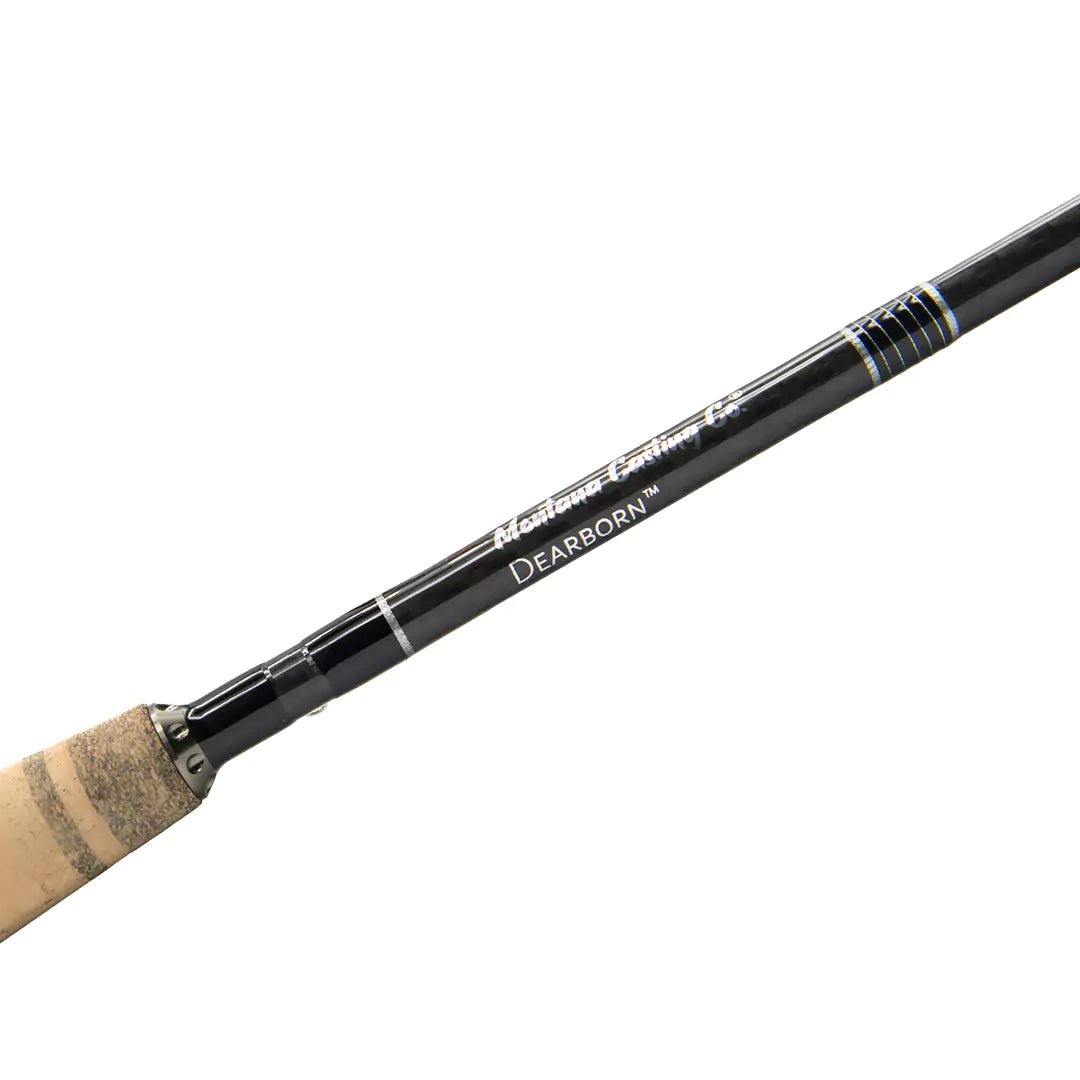
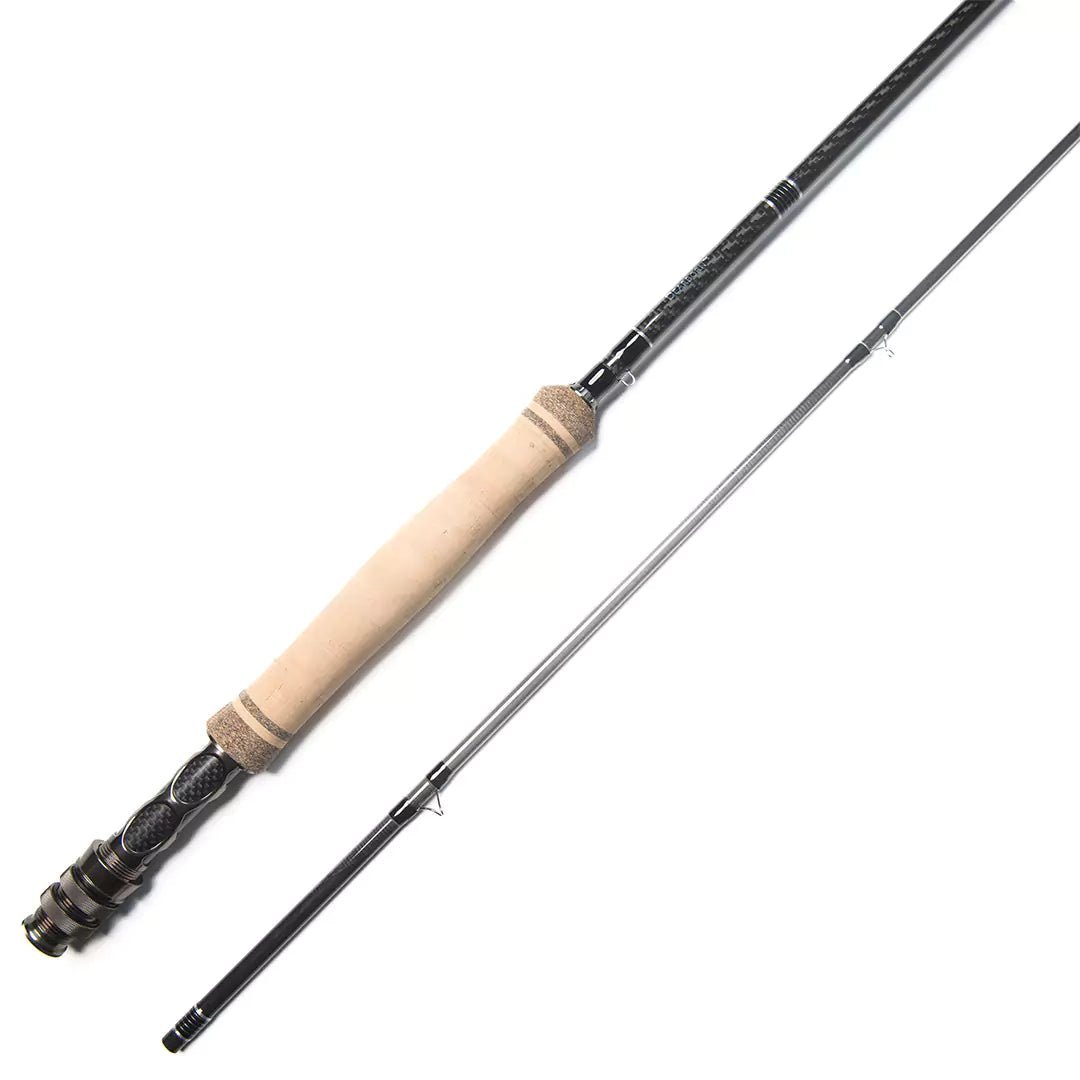
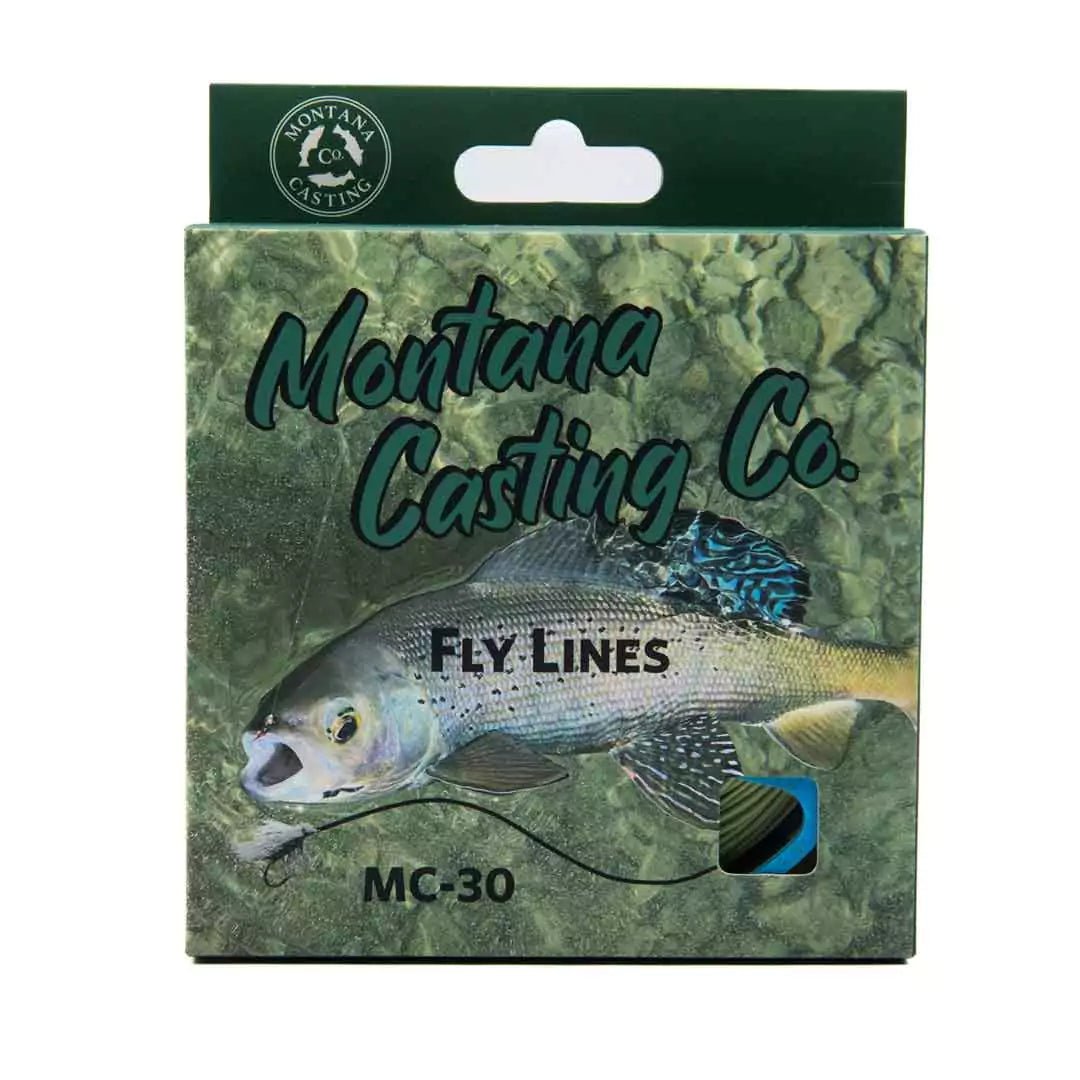
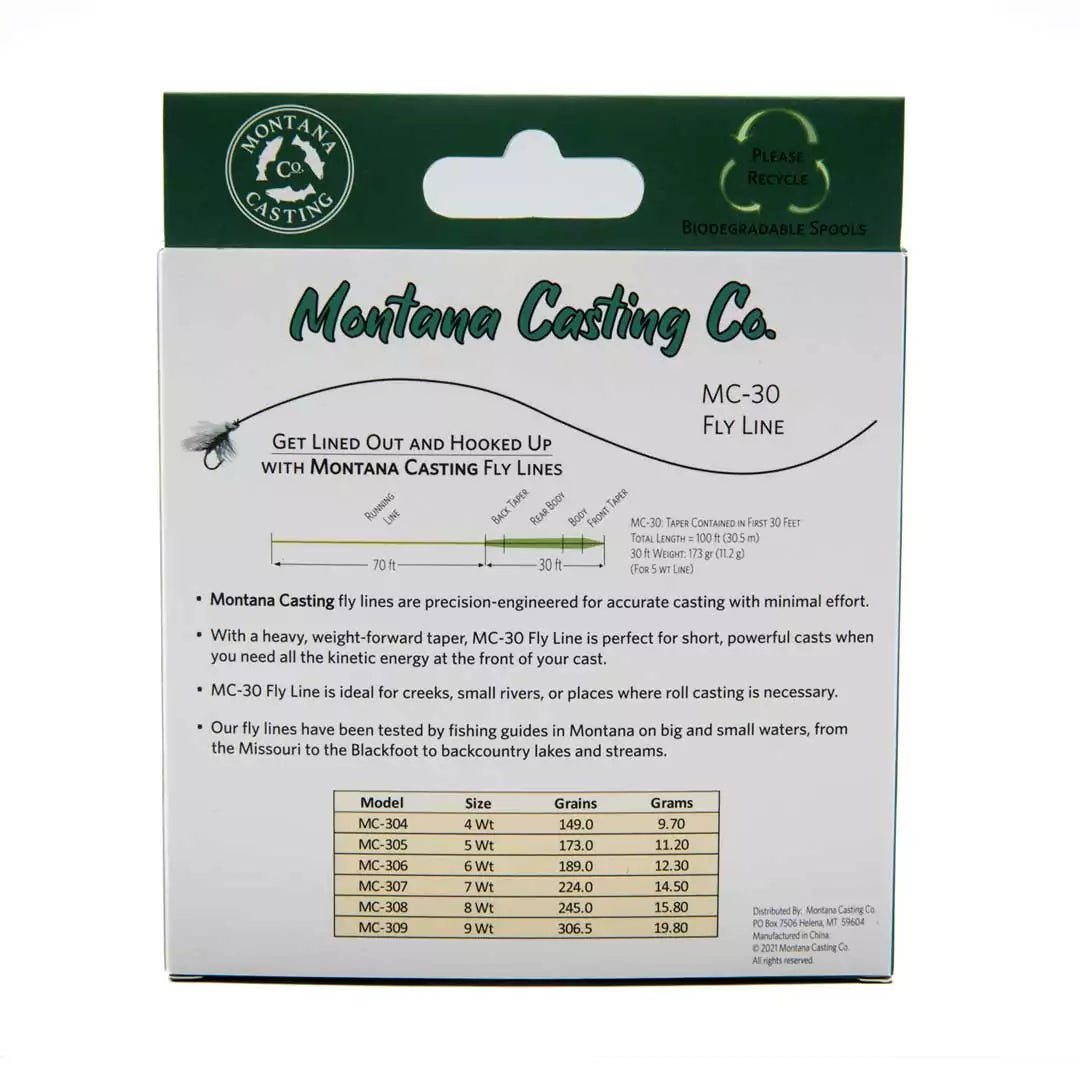
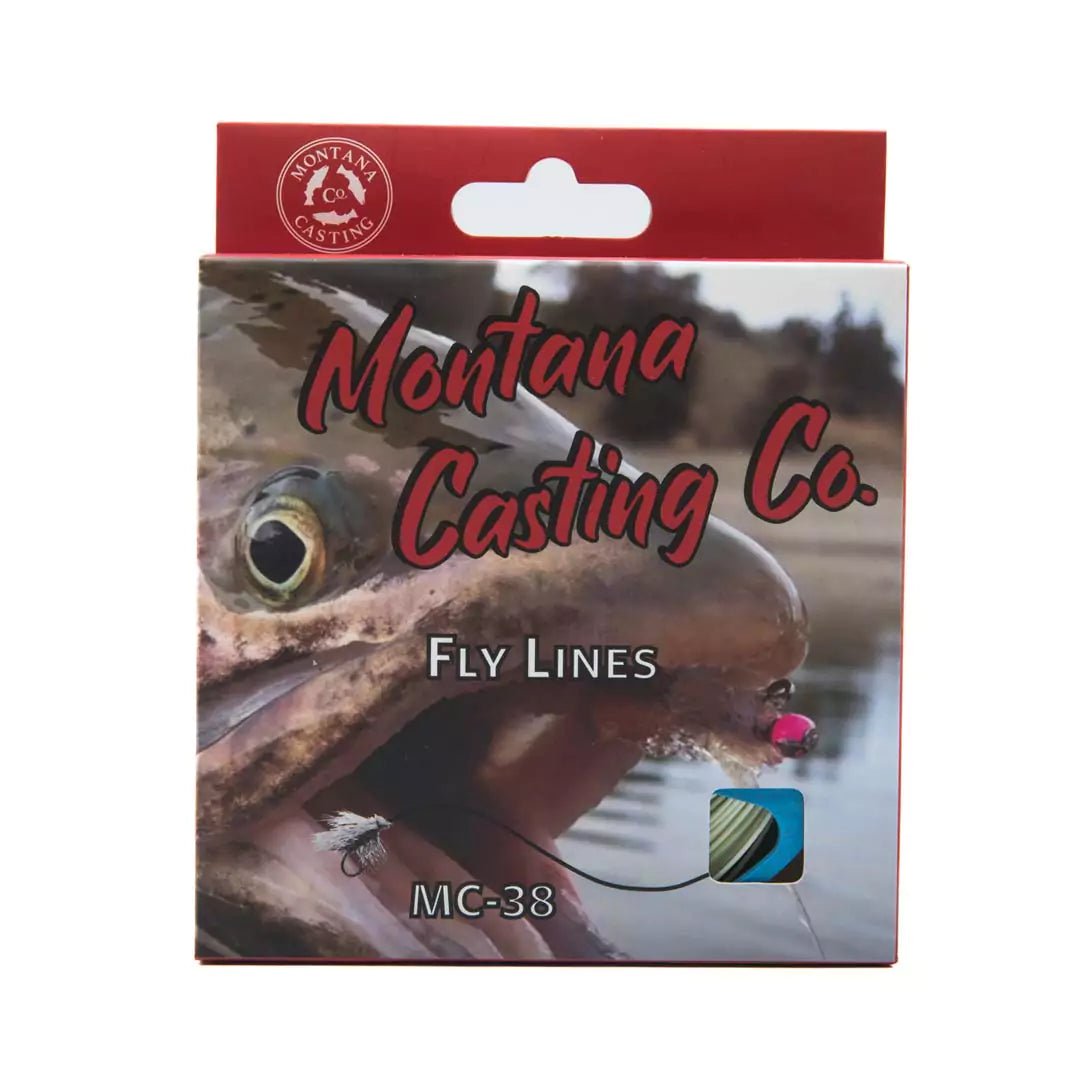
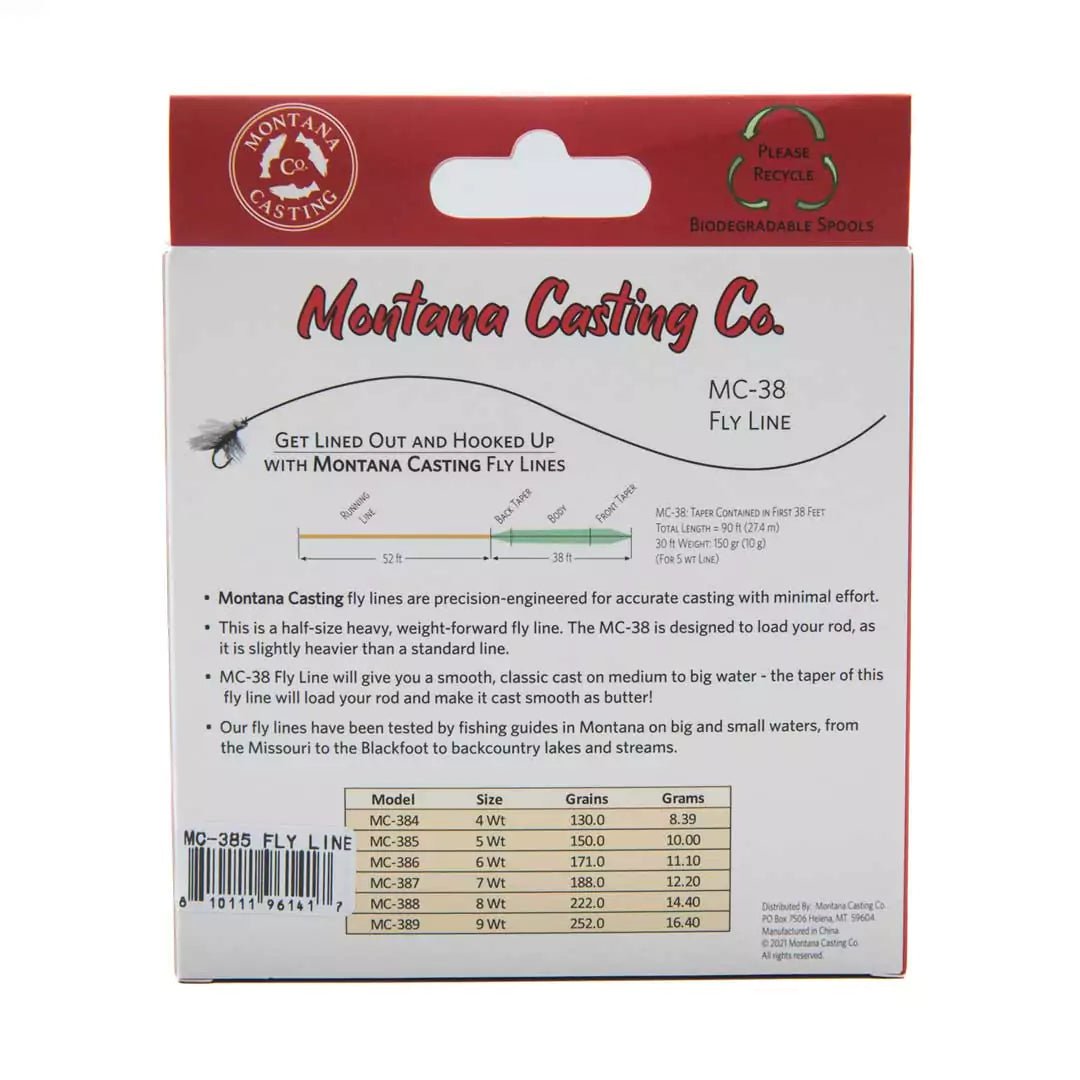
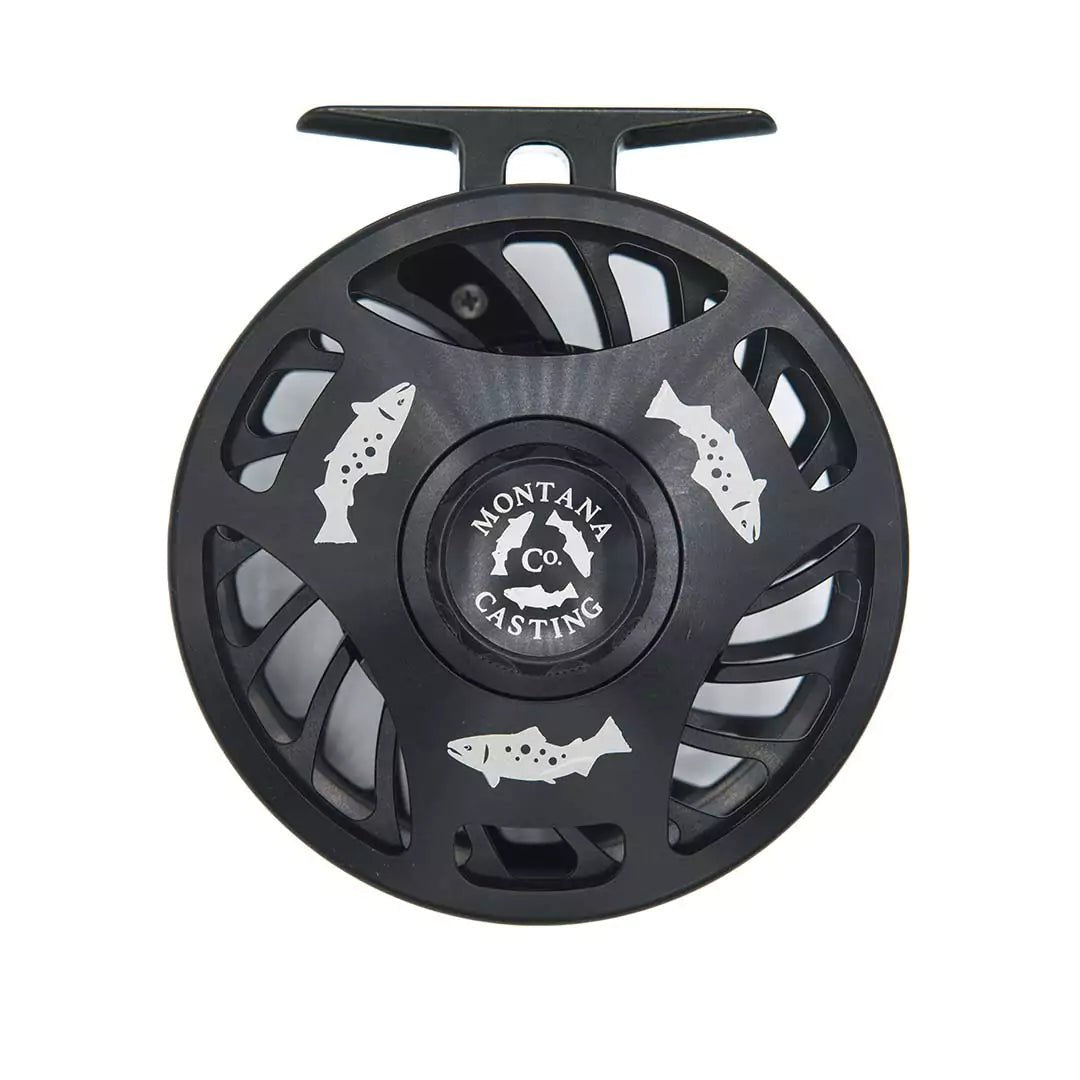
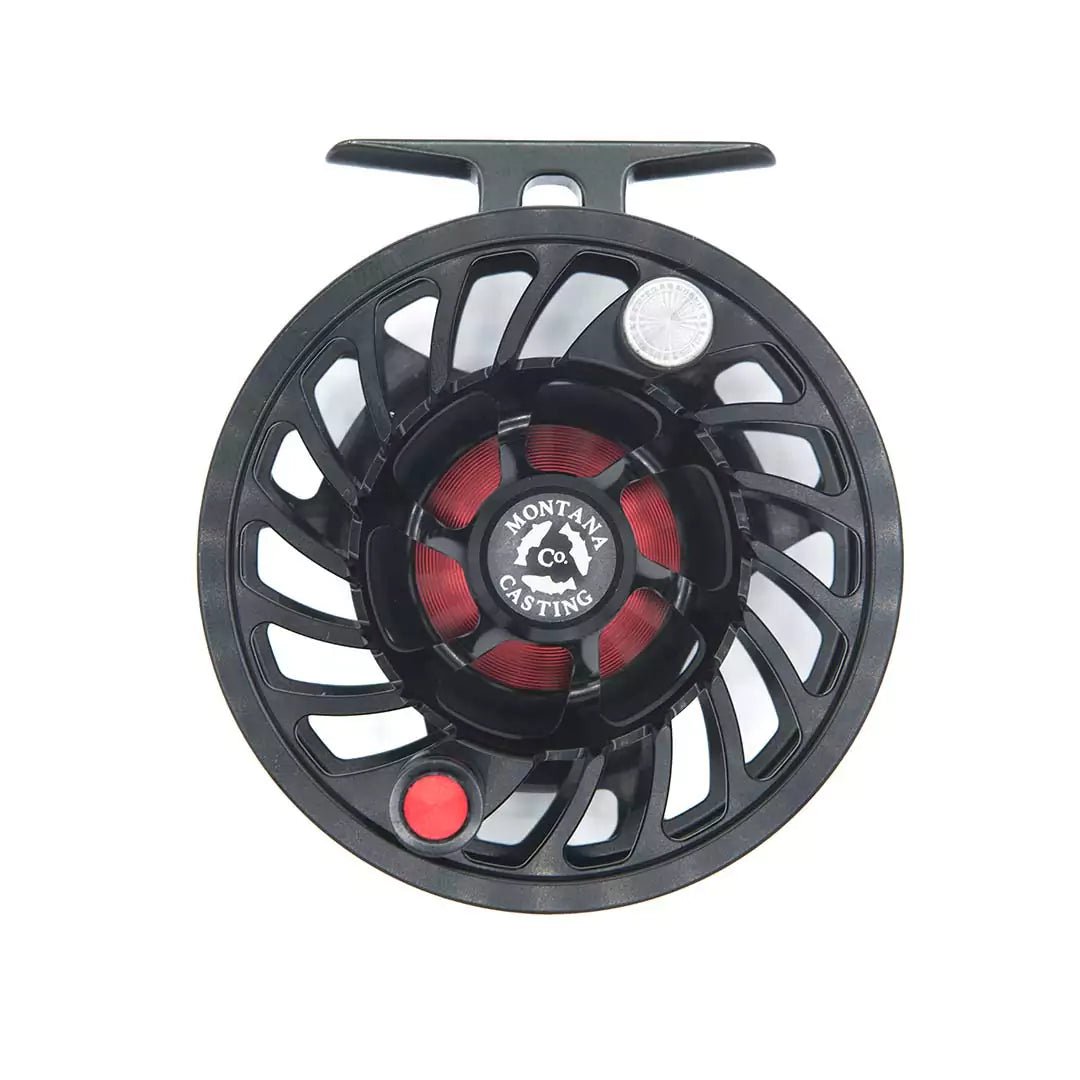
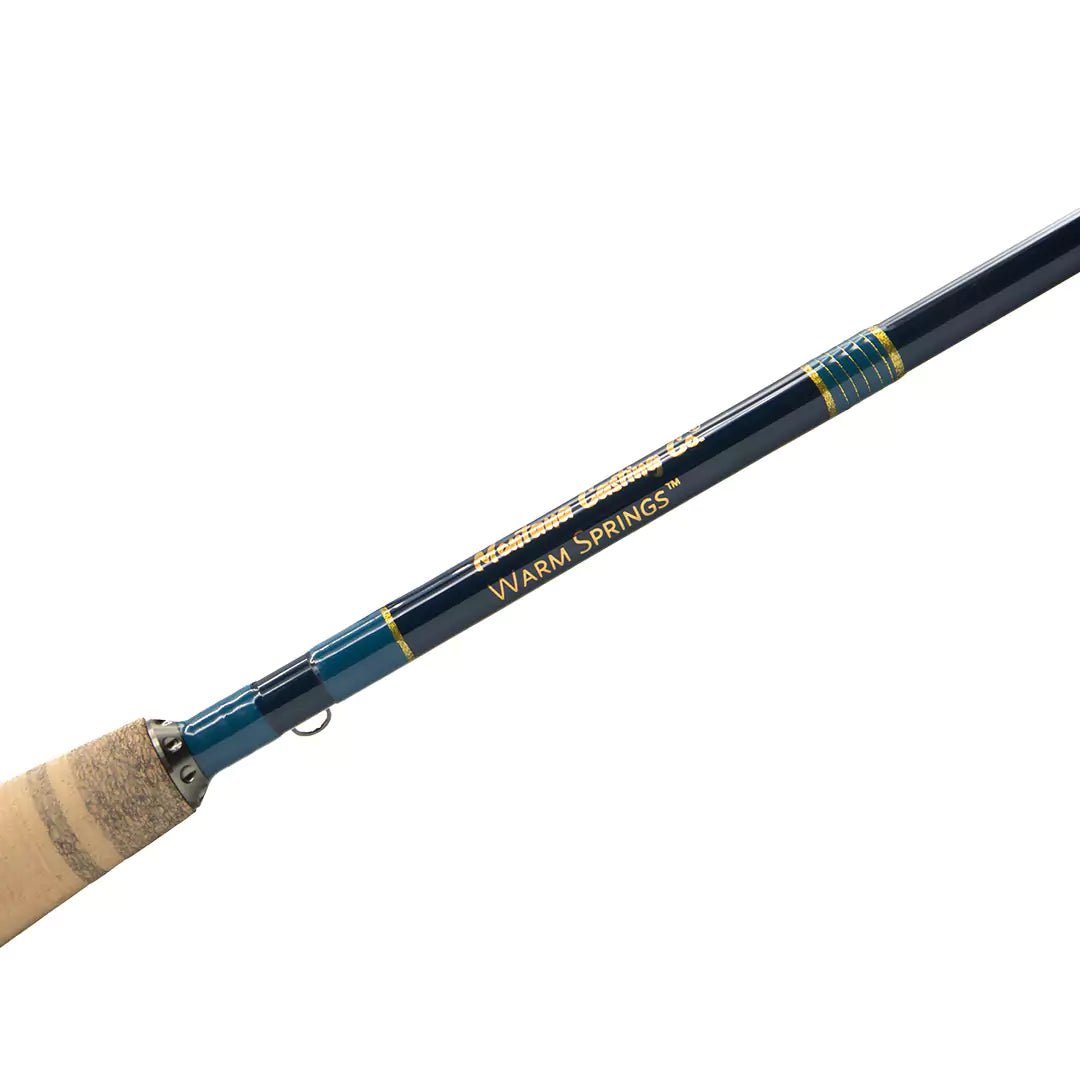
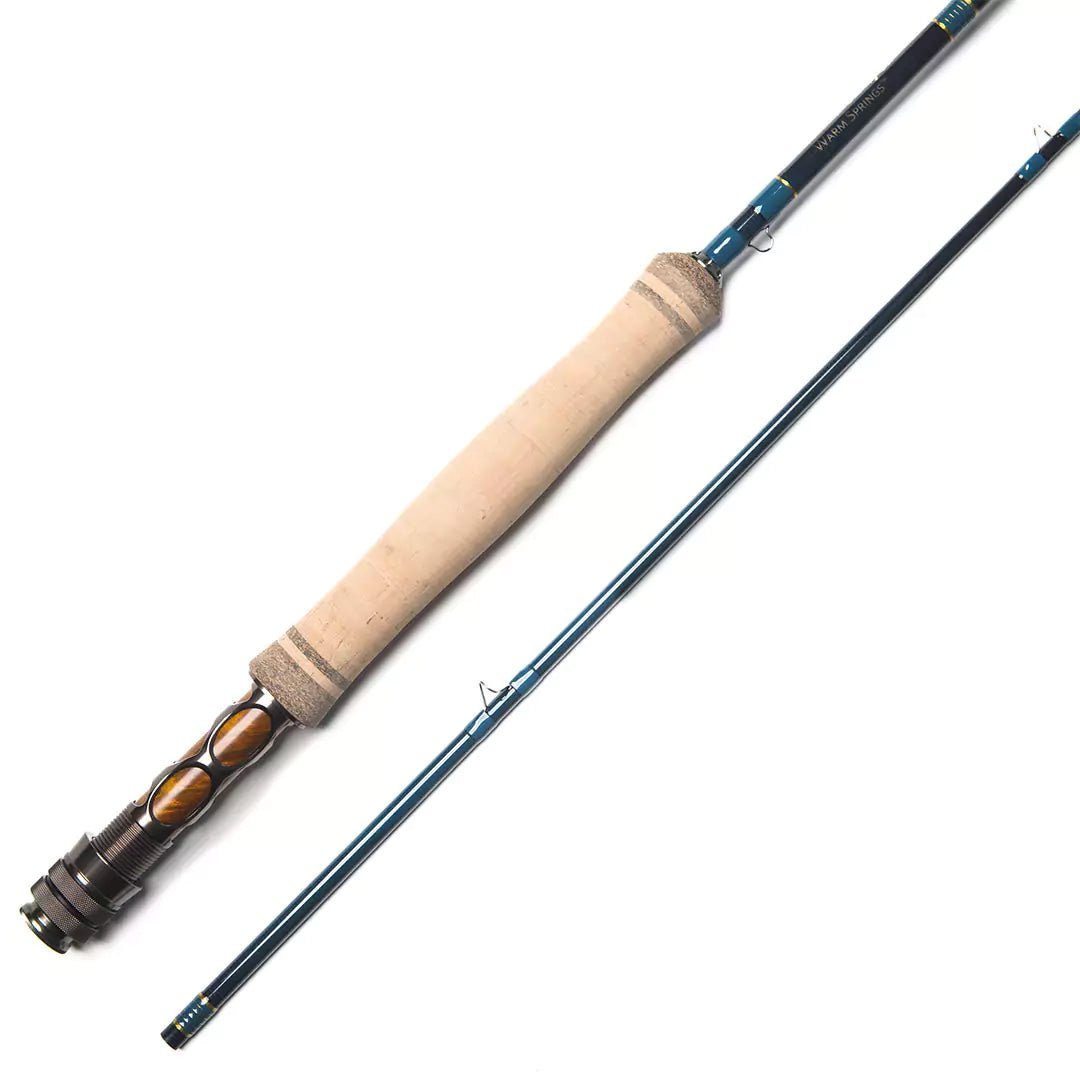
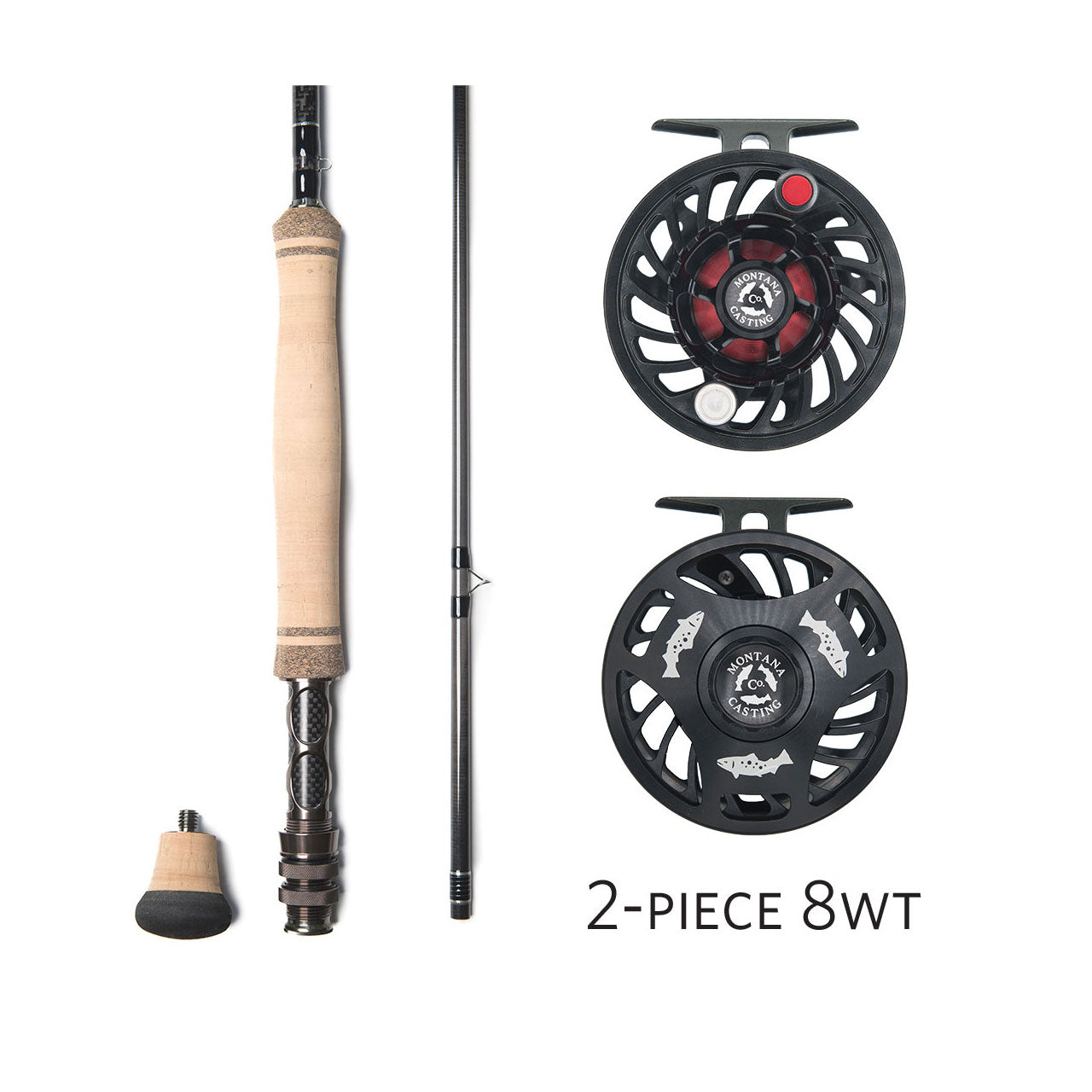
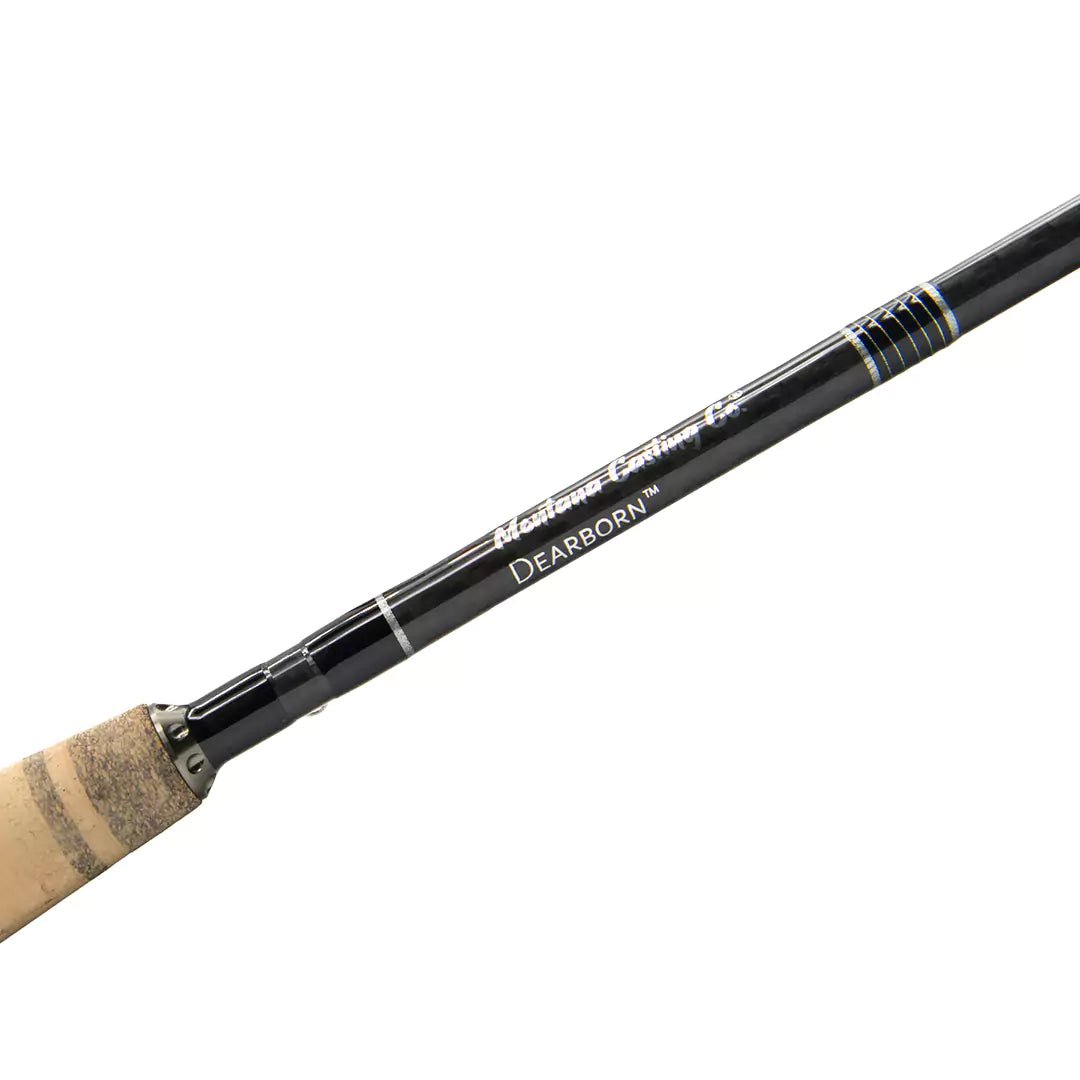
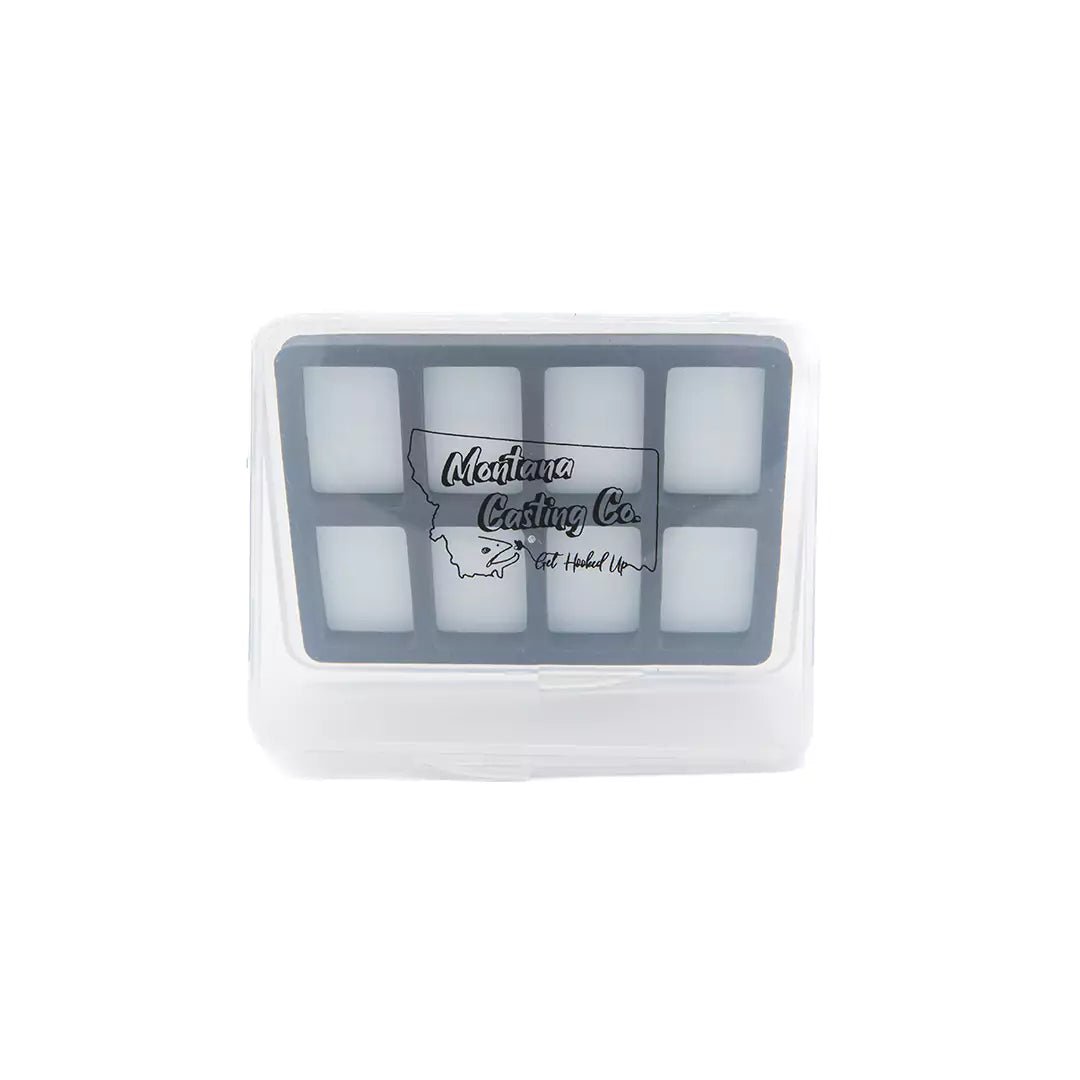
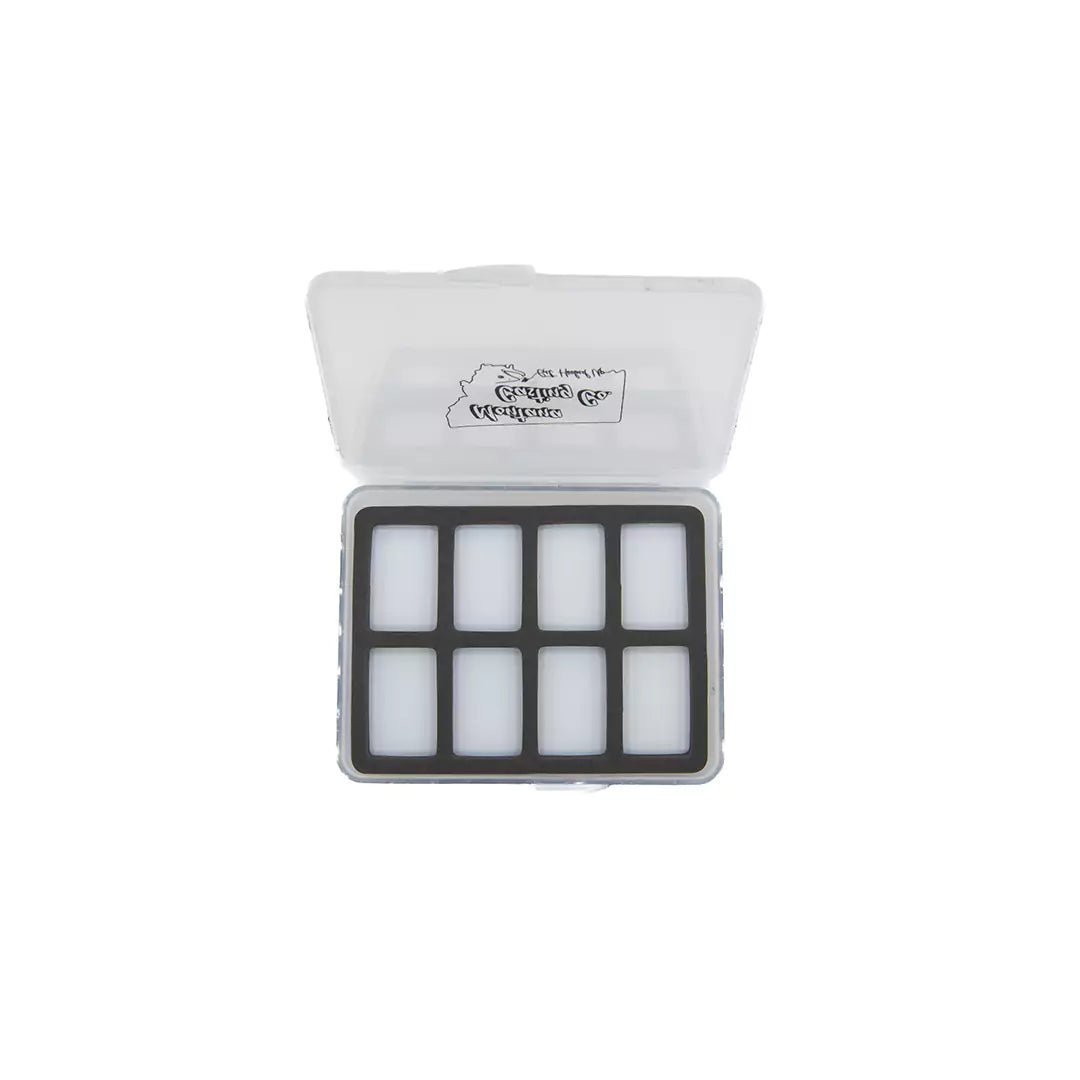
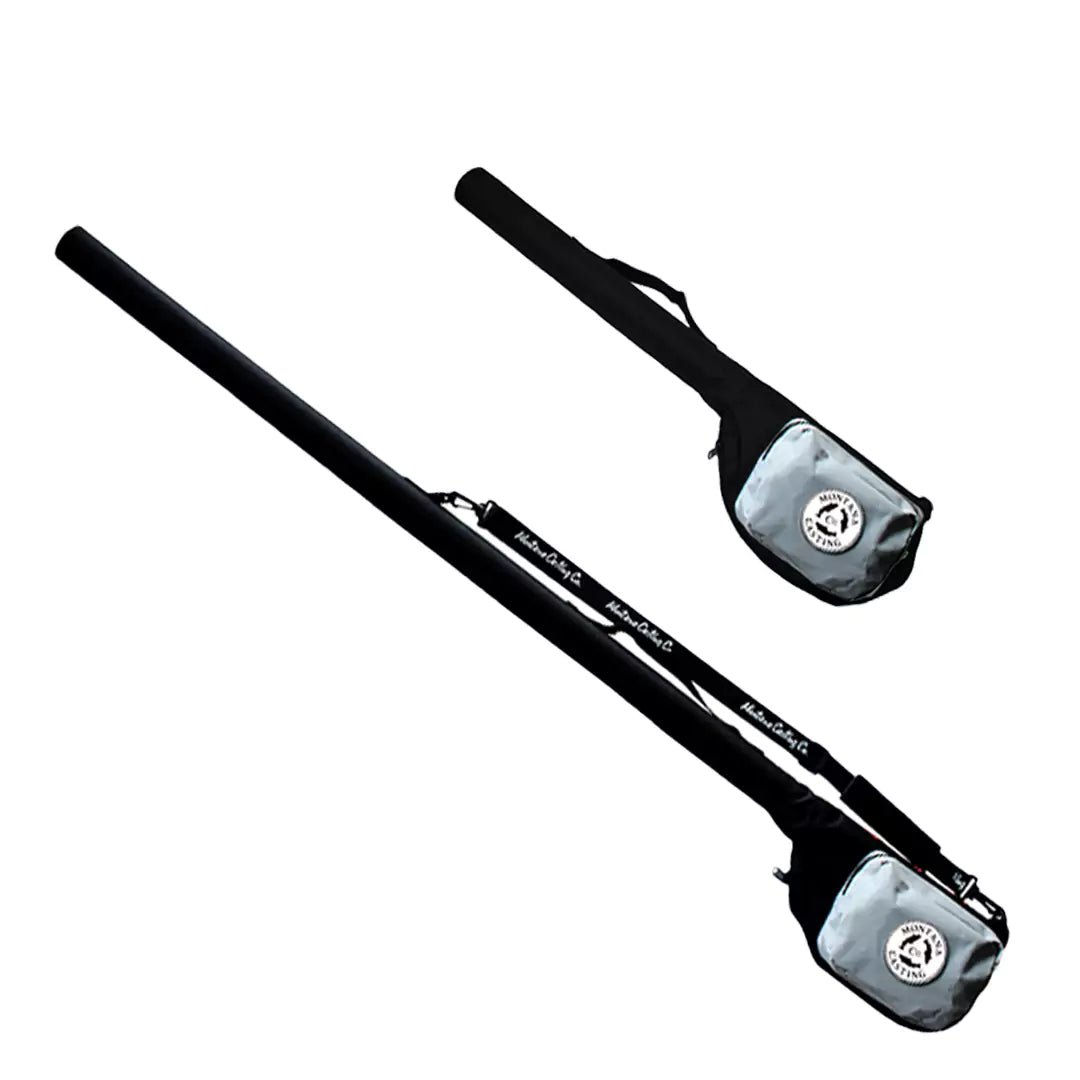
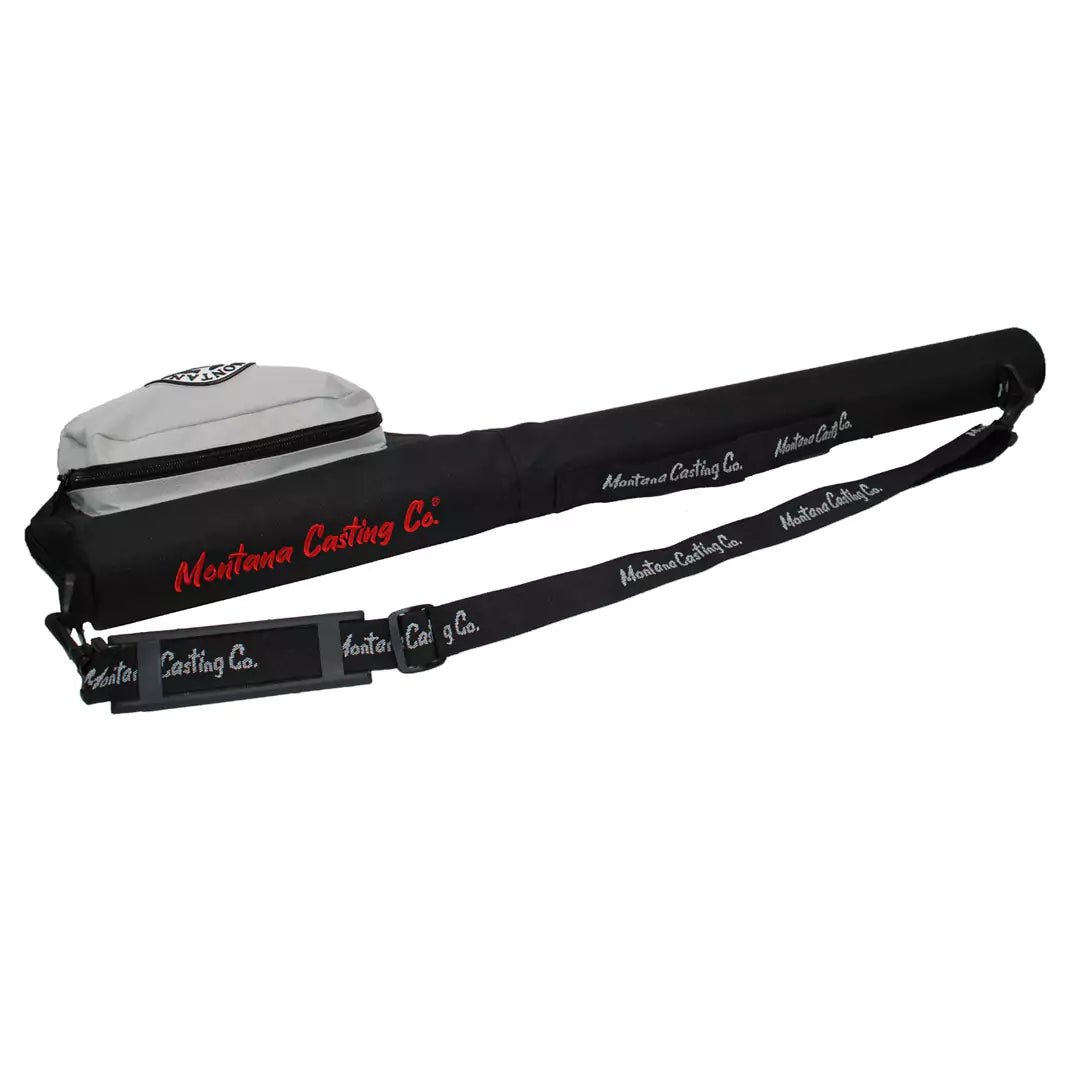
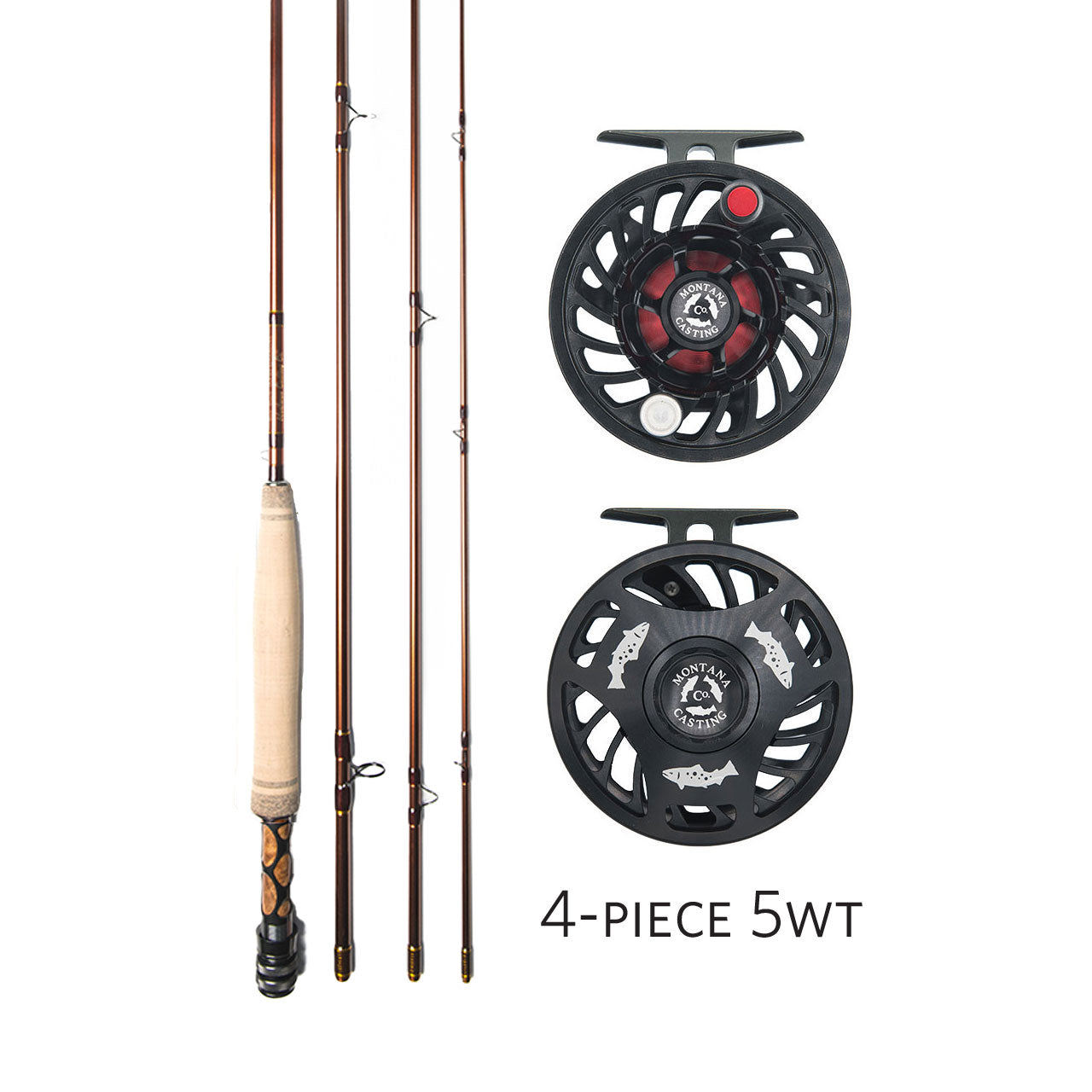
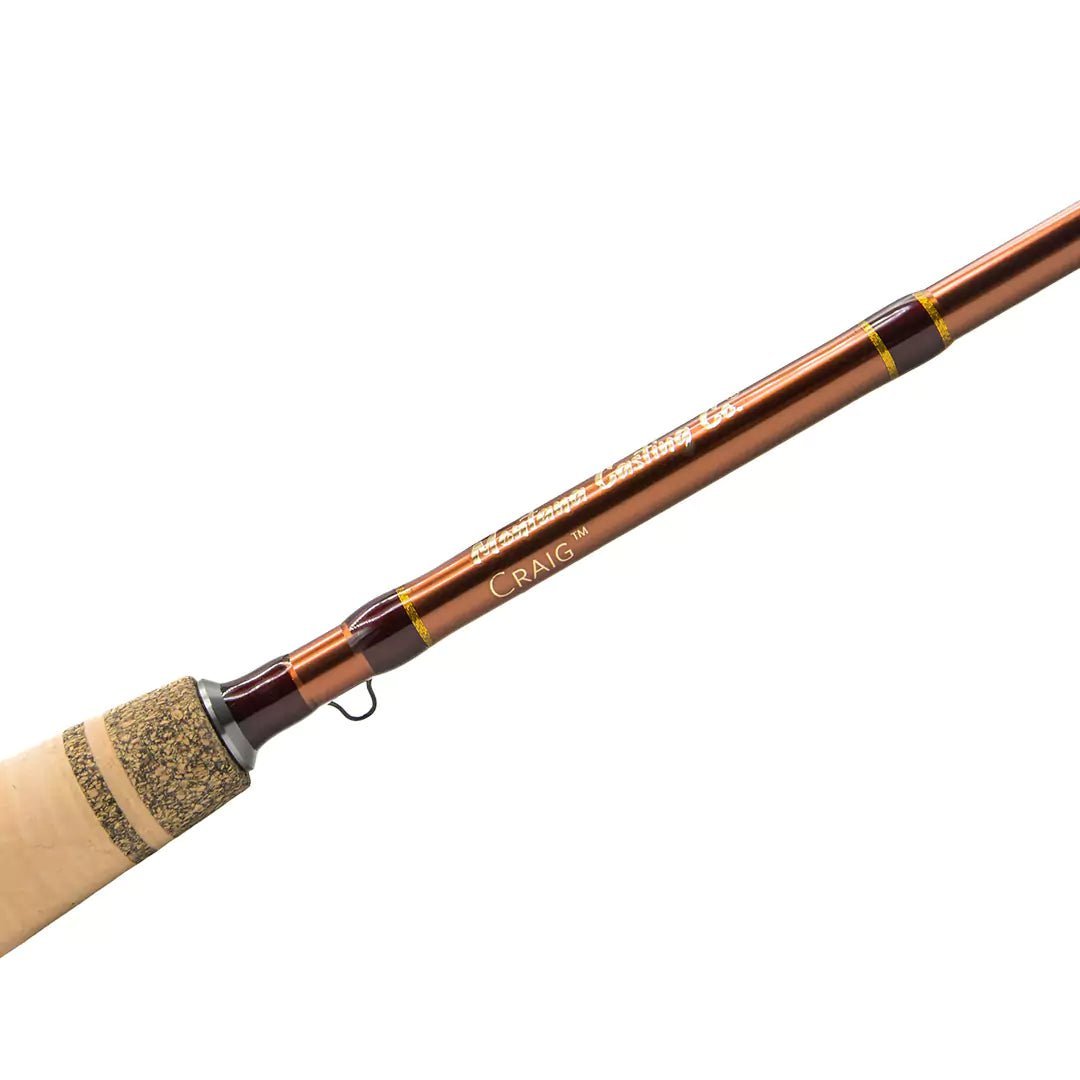
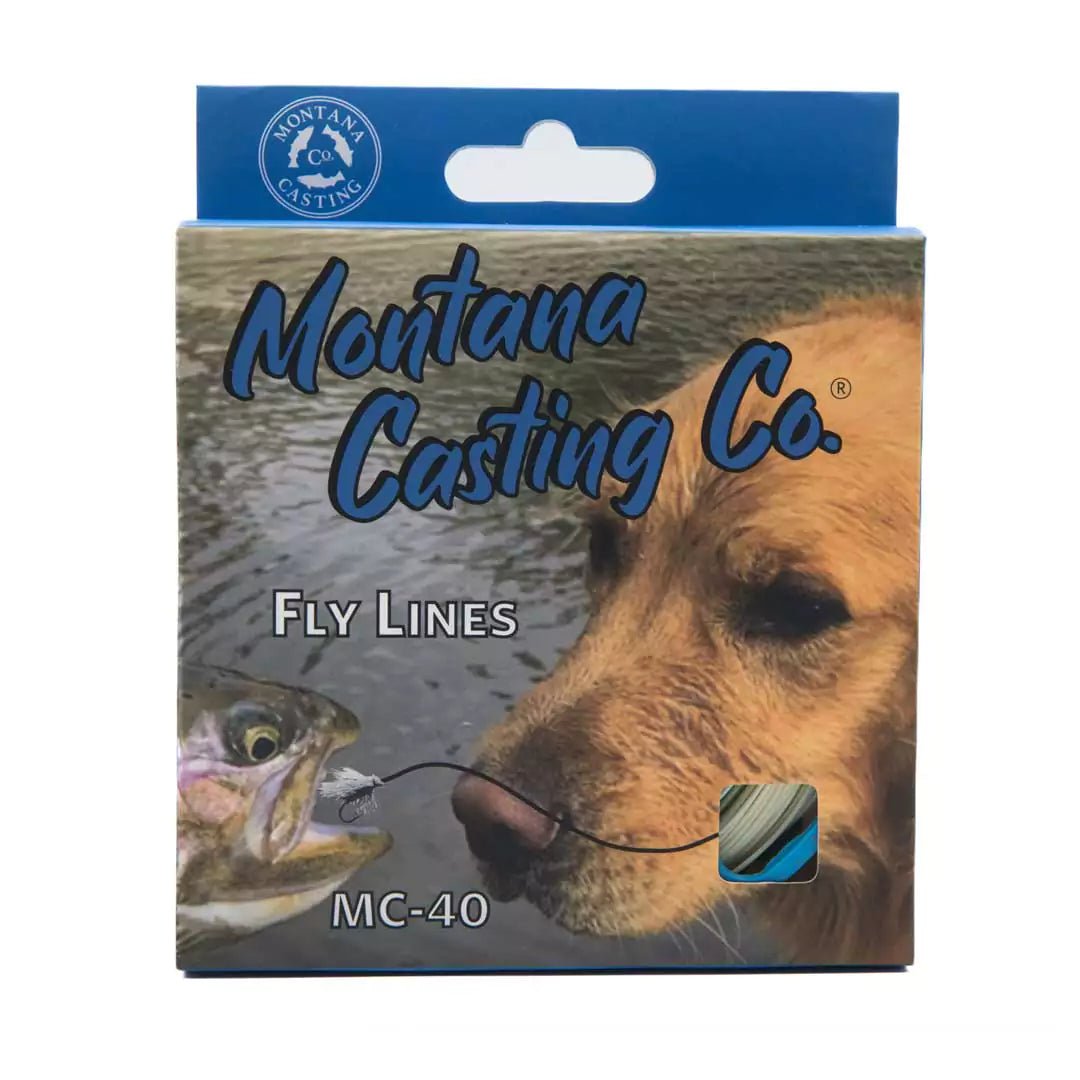
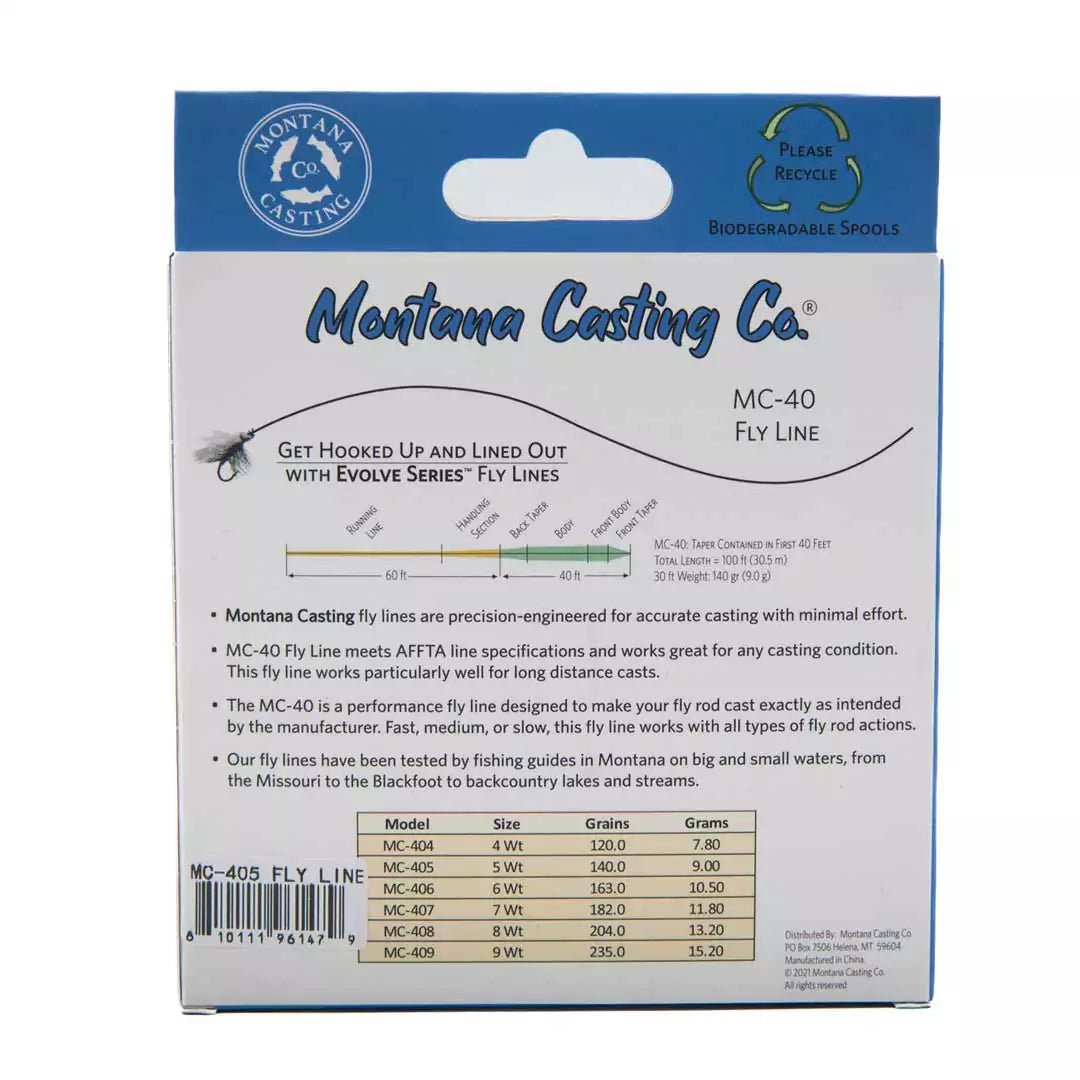
0 comments